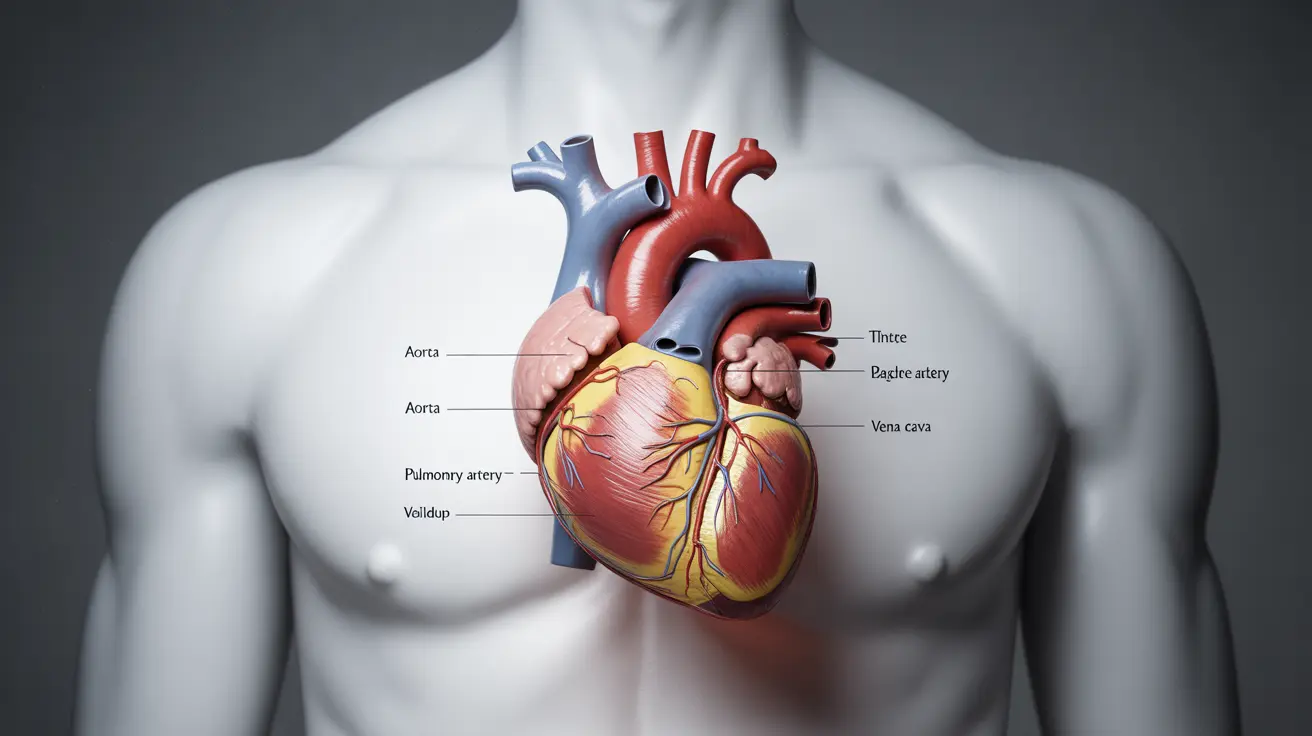Heart disease remains one of the leading health concerns worldwide, affecting millions of people across different age groups and demographics. Understanding what heart disease is, recognizing its symptoms, and knowing how to prevent it can make a significant difference in managing cardiovascular health effectively.
This comprehensive guide will explore the various aspects of heart disease, from common symptoms to prevention strategies, helping you make informed decisions about your heart health.
Types of Heart Disease and Their Characteristics
Heart disease encompasses several conditions that affect different parts of the cardiovascular system. Each type presents unique challenges and requires specific approaches to management and treatment.
Coronary Artery Disease
Coronary artery disease (CAD) occurs when the blood vessels supplying the heart become narrowed or blocked by plaque buildup. This condition can lead to reduced blood flow to the heart muscle, potentially causing chest pain, heart attacks, or other complications.
Heart Failure
Heart failure develops when the heart cannot pump blood effectively to meet the body's needs. This condition can result from various factors, including previous heart attacks, high blood pressure, or other forms of heart disease.
Recognizing Heart Disease Symptoms
Heart disease symptoms can vary significantly depending on the type and severity of the condition. Understanding these symptoms is crucial for early detection and treatment.
Common Warning Signs
- Chest pain or discomfort (angina)
- Shortness of breath
- Irregular heartbeat
- Fatigue and weakness
- Dizziness or lightheadedness
- Nausea and cold sweats
Gender-Specific Symptoms
Women may experience different or additional symptoms compared to men, including:
- Upper back or neck pain
- Indigestion or heartburn
- Extreme fatigue
- Anxiety or unexplained sweating
Risk Factors and Prevention
Understanding risk factors and taking preventive measures can significantly reduce your chances of developing heart disease. Key risk factors include:
Modifiable Risk Factors
- High blood pressure
- High cholesterol levels
- Smoking
- Obesity
- Physical inactivity
- Poor diet
- Excessive alcohol consumption
Lifestyle Changes for Prevention
Implementing healthy lifestyle changes can dramatically reduce your risk of heart disease:
- Regular physical activity (at least 150 minutes per week)
- Heart-healthy diet rich in fruits, vegetables, and whole grains
- Stress management techniques
- Regular health screenings
- Smoking cessation
- Limited alcohol consumption
Early Detection and Diagnosis
Early diagnosis plays a crucial role in managing heart disease effectively. Regular check-ups and screening tests can help identify potential problems before they become severe. Common diagnostic tools include:
- Electrocardiogram (ECG)
- Stress tests
- Blood tests
- Cardiac imaging
- Blood pressure monitoring
Frequently Asked Questions
What are the most common symptoms of heart disease, and how are they different across various types?
Common heart disease symptoms include chest pain, shortness of breath, and fatigue. However, symptoms vary by type: coronary artery disease typically causes chest pain and pressure, while heart failure often presents with breathlessness and swelling in the legs. Some people may experience subtle symptoms or none at all, particularly in early stages.
How can I reduce my risk of developing heart disease through lifestyle changes?
Key lifestyle changes include maintaining a healthy diet rich in fruits, vegetables, and whole grains, exercising regularly, managing stress, quitting smoking, limiting alcohol consumption, and maintaining a healthy weight. Regular health check-ups and monitoring blood pressure and cholesterol levels are also essential.
What are the key differences between coronary artery disease and heart failure?
Coronary artery disease involves blocked or narrowed arteries that supply blood to the heart, while heart failure occurs when the heart cannot pump blood effectively. CAD often causes chest pain and can lead to heart attacks, whereas heart failure typically causes fatigue, breathing difficulties, and fluid retention.
Can heart disease symptoms be subtle, or are they always severe?
Heart disease symptoms can range from subtle to severe. Some people may experience mild symptoms like slight fatigue or minimal chest discomfort, while others might have more obvious signs like severe chest pain or significant shortness of breath. This variation makes regular check-ups crucial for early detection.
How important is early diagnosis in managing and preventing heart disease complications?
Early diagnosis is crucial for effective heart disease management. It allows for prompt treatment, lifestyle modifications, and monitoring that can prevent or slow disease progression. Early intervention often leads to better outcomes and can prevent serious complications like heart attacks or heart failure.




